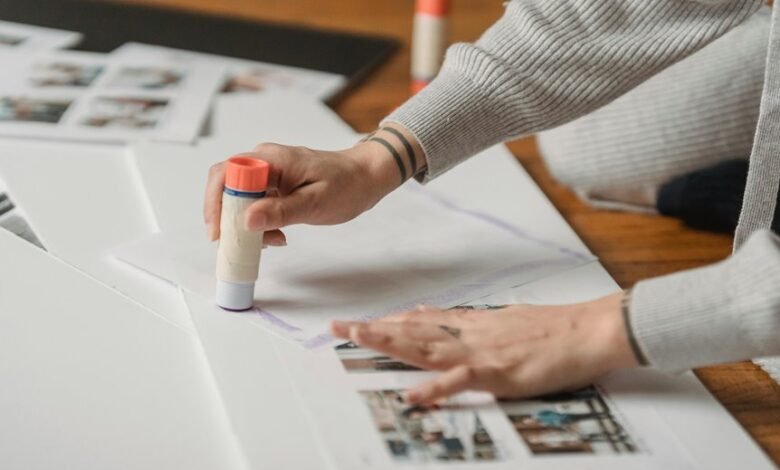Photoacomapnha: O Impacto das Imagens no Processo Judicial

The integration of visual evidence in legal proceedings is a complex phenomenon. Images can elucidate intricate details, aiding jurors in comprehending the nuances of a case. However, the emotional weight of these visuals also poses risks. Misinterpretations can arise, potentially skewing the jury’s perspective. An examination of both the advantages and ethical implications of this practice prompts critical questions about its impact on justice. What boundaries should be established to safeguard integrity?
The Role of Visual Evidence in Courtrooms
Visual evidence plays a crucial role in contemporary courtrooms, serving to enhance the understanding of complex cases.
Its visual credibility often impacts jurors’ perceptions, aligning with established evidentiary standards. By presenting clear, compelling images, legal teams can effectively communicate critical information, facilitating informed decision-making.
Thus, the integration of visual evidence becomes instrumental in ensuring justice and clarity within the legal framework.
Emotional Influence and Jury Perception
Emotions significantly shape jury perception, influencing the interpretation of evidence and testimonies presented during trials.
The emotional appeal of visual evidence can heighten juror bias, swaying decisions based more on feelings than facts. Such biases may lead jurors to favor emotionally charged narratives, potentially compromising impartiality and undermining the fairness of the judicial process.
Understanding this influence is essential for legal practitioners.
Ethical Considerations of Image Use in Legal Proceedings
While the incorporation of images in legal proceedings can enhance understanding and engagement, it also raises significant ethical concerns that must be carefully considered.
Image manipulation poses risks of misleading interpretations, potentially compromising justice. Additionally, copyright issues surrounding the use of photographs can lead to legal repercussions, further complicating the integrity of evidence presented.
Thus, ethical guidelines are essential for responsible image utilization in court.
Conclusion
In conclusion, the use of visual evidence in the judicial process acts as a double-edged sword, akin to a lighthouse guiding ships through treacherous waters. While it can illuminate complex narratives and evoke emotional responses that aid jurors’ understanding, it also carries the risk of misinterpretation and ethical pitfalls. Thus, responsible utilization of images is paramount, ensuring that they enhance clarity and truth rather than cloud judgment, ultimately preserving the integrity of the legal system.





